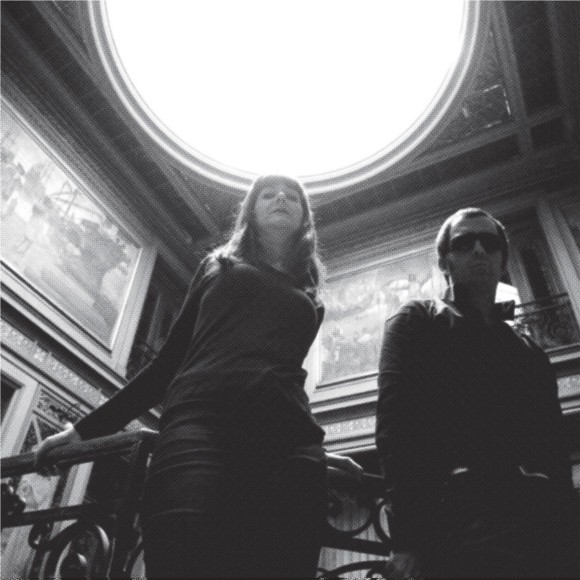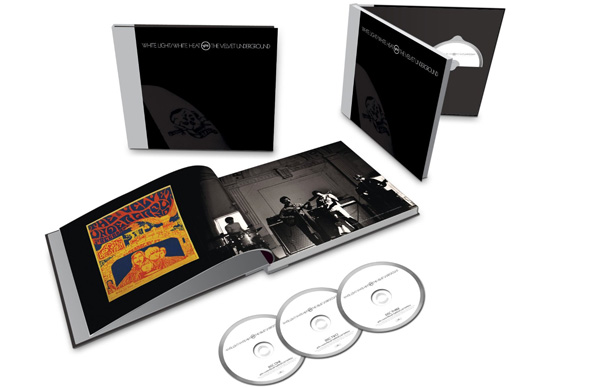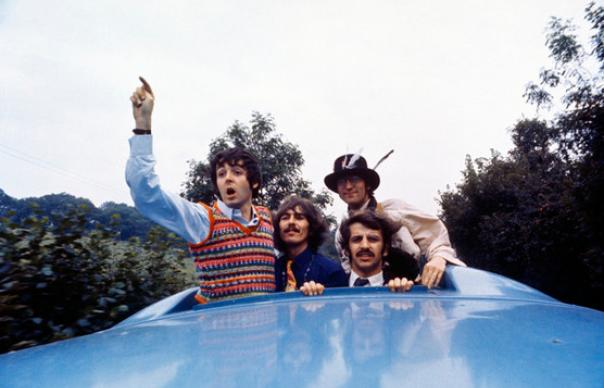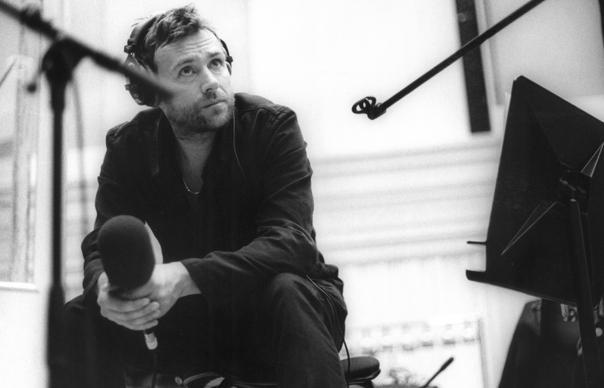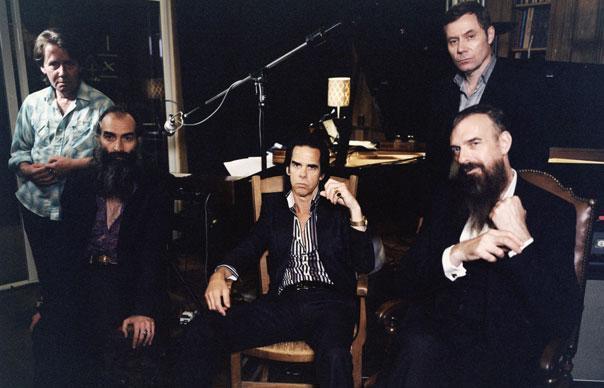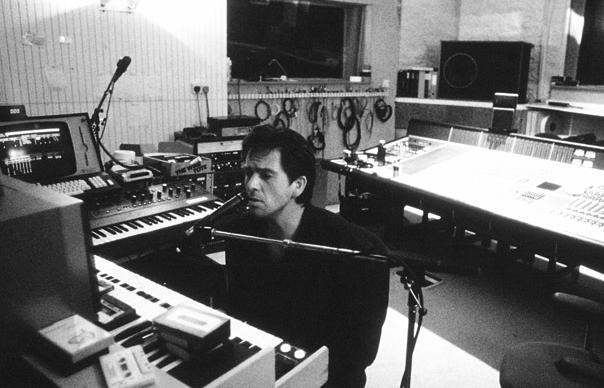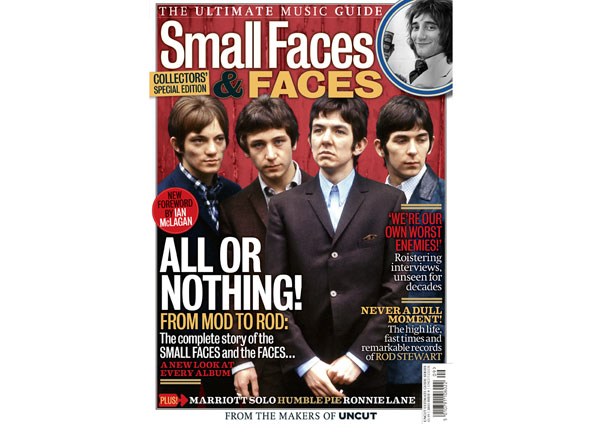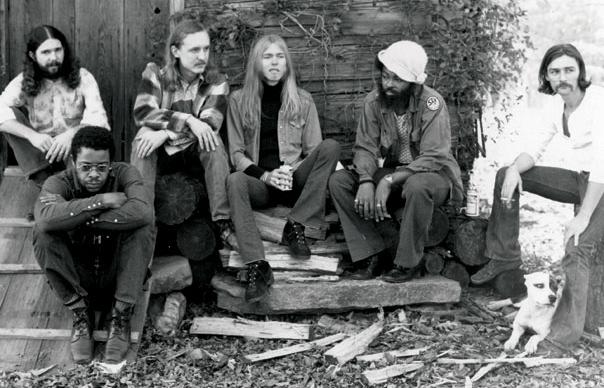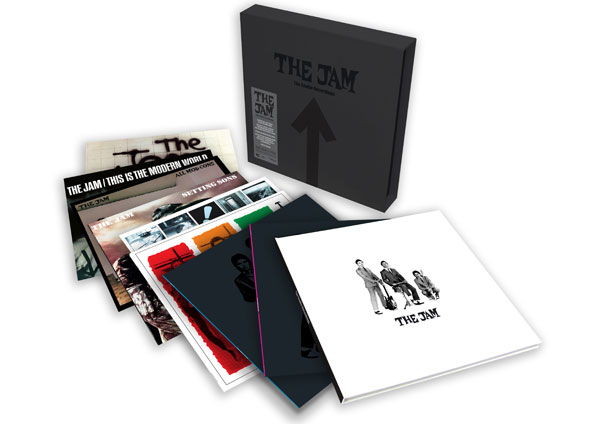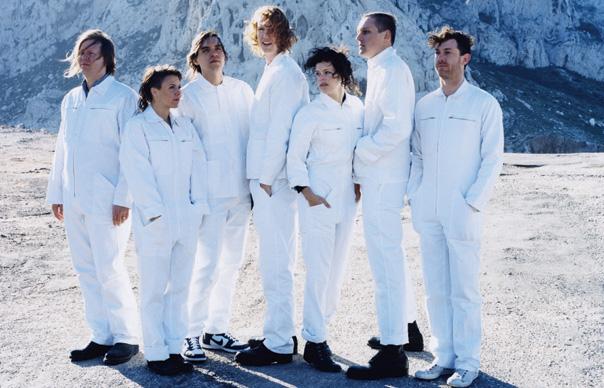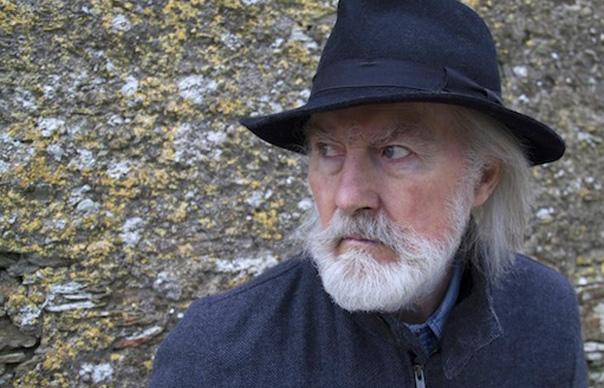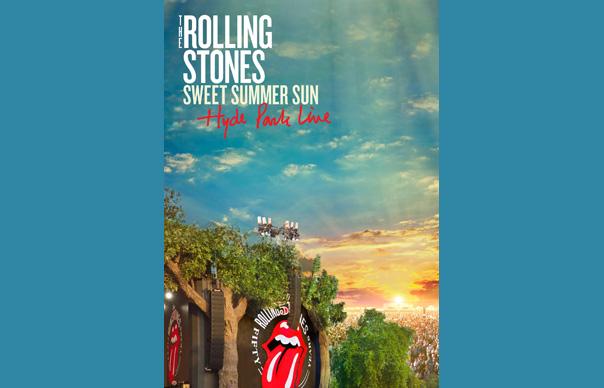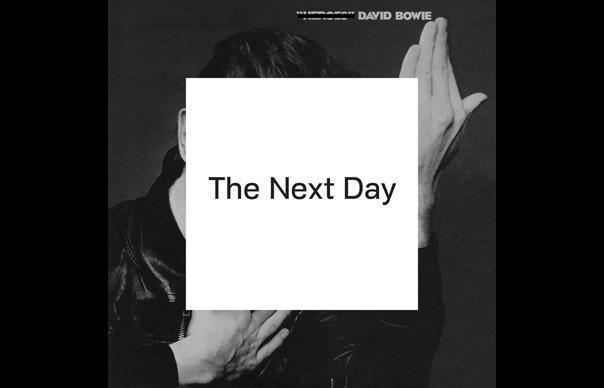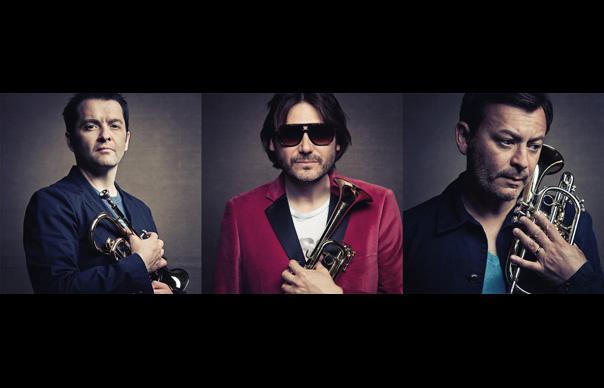Roy Harper has recently returned with a raved-about new album, Man & Myth, and a UK tour, including a date at London’s prestigious Royal Festival Hall on October 22 – he’s arguably bigger than he has been since the mid-‘70s. Celebrating Harper’s 70th birthday back in July 2011 (Take 170), Uncut speaks to Roy about tales of escapes from psychiatric hospitals, tempestuous dealings with the music business, and the sinister connection between Tony Blair and Cliff… Words: Allan Jones
____________
A few weeks before we meet for the first time in 30 years, Roy Harper calls from his home in West Cork with directions to Clonakilty, where Uncut will spend an afternoon with him at April’s end, first at De Barra’s, a funky local folk club, then at a rocky headland called Simon’s Cove, where Harper stands under a vast, cloudless sky with his back to the Atlantic, which looks just about big enough to contain the vastness of at least some of his most expansive music.
On the phone, Roy asks me how long we’ve known each other and sounds taken aback when I tell him since 1974. “It seems like five minutes ago,” he says, wistfully. “I’ll be 70 soon,” he adds. How did that feel? “Fucking mad,” he laughs, a once-familiar cackle.
As mentioned recently in these pages, there was a time when Harper’s records meant as much to me as anyone’s ever has. In times of musical gloom, he was dependably a light that filled the darkest room. His greatest songs – confrontational long-form epics like “Circle”, “McGoohan’s Blues”, “I Hate The White Man”, “The Same Old Rock”, “Me And My Woman”, “The Lord’s Prayer” and “The Game” – came from a place of permanent turmoil and extreme emotion, and were therefore great theatre, uncompromising and grand. They nevertheless failed to bring him the kind of popularity enjoyed by many of his more famous fans – among them Led Zeppelin, who paid compliment to him on “Hats Off To (Roy) Harper”, Pink Floyd, who had him sing on “Have A Cigar”, from Wish You Were Here, Paul McCartney, who appeared on ’78’s One Of Those Days In England, and later Kate Bush, who sings on his albums Death Or Glory? and Once.
Punk pretty much derailed his career. He was written off, cast aside, dropped by EMI, retreated after a painful divorce in the early ’80s, a grim time for him, to the far west coast of Cork, where he’s lived in what he describes as exile for the past 20 years, the forgotten story of English music. Lately, though, he’s been rediscovered by a new generation of musicians – including Joanna Newsom, who brought him back into the spotlight as a guest on recent UK tours, and Fleet Foxes’ Robin Pecknold – who’ve acknowledged him as an inspiration. With the large-scale digital reissue of his catalogue scheduled to coincide with his 70th birthday this month, what better time to revisit the life and career of a visionary iconoclast.
____________
UNCUT: What do you remember of yourself at 15?
ROY HARPER: I was an absolute rebel, uncontrollable. I wanted to stick it to everyone. I grew up in an environment of conflict that I knew I had to get away from. My stepmother was a Jehovah’s Witness. My father was absent a lot of the time and she took her frustration out on me and my brother. It was very hurtful, unbearable. I was getting into music in a big way while all this was getting on, skiffle at first, then the blues, like a lot of people of my age. And that was liberating, an alternative to whatever else was happening in my life, which was mostly trouble. I once painted the local town hall with swastikas and hammers and sickles and ended up on the centre pages of The Daily Mirror. I got a 60 quid fine and the permanent attention of the constabulary. This was in Lytham St Annes, near Blackpool, which increasingly was not somewhere I wanted to be. As someone I know later put it, it was like a cemetery with bus stops.
You must have been desperate to join the RAF as a way out.
Well, getting away from home was an absolute priority and the only way out I could see at the time was by joining one of the services. I signed up for 15 years and soon realised I’d made a dreadful mistake. It was like being in prison. I knew I had to get out, so I feigned madness. I thought if I convinced them I was crazy, they’d let me go. I wrecked the barracks and the mess hall and a couple of heavies hauled me off to the camp hospital where they kept me sedated for two or three days and then put me in Princess Mary’s Royal Air Force Hospital in Wendover, where the air force parked all its mad people. I had to convince them I was insane, to make sure I got out. I locked myself in a padded cell and wouldn’t come out, which made them think I was genuinely unstable and unfit for service. I thought I was getting nearer to the door out of there, but they ended up giving me electric shock treatment.
The next day, I just flew at them in an absolute rage, but instead of discharging me they transferred me to Lancaster Moor Mental Institution, which hadn’t been part of my plan. So I escaped, through a bathroom window, in my hospital pyjamas, and walked through the night along this railroad track, freezing. I made it home, still wearing these weird one-colour pyjamas and a shirt I’d nicked. My father and stepmother were there and didn’t say a word, not a word. They obviously thought I was mad and capable of anything. They just watched as I grabbed my things. I high-tailed it down to London and just dropped out of sight.
What did you hope to do next?
I don’t think I had a particular plan for my life at the time. I was just enjoying it. I was free, that was the main thing, free of the life I’d been born into. Unfortunately, I just couldn’t seem to stay out of trouble. Back in Blackpool, I got involved with the wrong crew and ended up doing a year in Walton Green prison. One night, I was at a party that needed re-fuelling. I was totally drunk and tried to break into an off-licence by jumping through a skylight, but ended up in the chemist’s next door. So instead of nicking booze as planned, I made off with my pockets full of amphetamines, big aluminium tins of ephedrine. The police caught up with me in a snooker hall and I was put on probation, which I broke after an incident at St Pancras when I tried to change the time on the station clock and, after three months in Brixton, I ended up in Walton. I remember having Christmas dinner there, a tomato and two pieces of bacon, and thinking what a waste of time my life so far had been. I was stuck in there with murderers, one guy who’d killed his own kid, seven or eight of them. It was a hard experience.
When I finally surfaced at the age of 20, I was ready to do something that didn’t involve me ending up back in prison. My main desire was to be a poet, my ambition since I was 12, and I’d carried it all through that dangerous teenage period. There was nothing else I was prepared to do. There was nothing else I was remotely qualified to do, but it was only when I emerged from that awkward teenage period that I managed to put my desire to be a writer into motion and move forward. I’d picked up the guitar again and saw that music and songs were another language and you could say things through a mix of poetry and music that you couldn’t say with words alone, and that was incredibly appealing. So I became a singer and from that moment I never looked back.
When I started playing Les Cousins, which was like the centre of the folk world in London, I was off and away. It all happened very quickly. I signed a ridiculous contract with a small record company because I was desperate to make a record and inevitably got taken for a complete ride. But the album I made for them, Sophisticated Beggar, was a stepping stone. It created a bit of noise and I got signed to CBS.
You must’ve thought you’d made the big time.
It wasn’t like that at all. It was a long way from that. At CBS, not for the last time I found myself banging heads with a record company over what they expected. They wanted me to write commercial pop songs and when they heard the album I made for them [Come Out Fighting Ghengis Smith], they didn’t have a clue. They wanted hits. And I gave them “Circle”, which was a 12-minute soundscape of my difficult youth and totally unlike anything anyone else was doing. The Beatles weren’t doing anything like that at the time. The Stones weren’t doing anything like it, either. No-one was.
The albums you made for Harvest are probably the ones you are still best-known for. It was the beginning of a great period for you.
Yes, it was. In 1969, EMI saw something was happening, all these artists and players all over the place who were admittedly a disparate bunch but who were kind of working in the same area and a lot of us were brought together on Harvest – Pink Floyd, Mike Chapman, me, The Third Ear Band, Kevin Ayers, Syd Barrett, Pete Brown, The Edgar Broughton Band. It was EMI’s attempt to capture the underground on one label, which meant we were all labelled as hippies, which I resented. I wasn’t a hippy and I was being lumped in with people who were much younger than me who were doing something very different and often saying things I thought were totally meaningless and airy-fairy. My popularity, such as it was, was based on things being a lot more truthfully told and with a lot more honesty and integrity than flower power was ever capable of.
In a recent TV appearance you nevertheless described that time as ‘the high summer of our lives’.
In many ways, yes, it was. I was certainly in the high summer of my own life, at 28. It was a terrific time to be around, regardless of the numbskulls at record companies. There was a great feeling of positivity. Euphoria reigned. It was there, for real, a true feeling. It was the mood of the times and it was everywhere.
Did you think you could change the world for the better?
Yes, you did have those thoughts. There were those among us who thought we could change things, but what became evident is that we didn’t know how. It would have meant putting down the guitar and becoming a politician, joining the Labour Party or something. I’m not sure I’d have had the personality for that. There’s a confrontational side to me that people who are down-the-line-straight are not prepared to put up with.
The same can be said of some of your songs, “I Hate The White Man” being a famous example from Flat, Baroque And Berserk. Do you still stand by the sentiments of that song?
In some ways, it’s a relic of its age. But as long as there’s a BNP, that song will have a certain relevance, because the BNP and what people like them stand for is totally unacceptable to me, totally unacceptable, and so in that sense the song remains valid and I will continue to sing it and it will be what it was always intended to be, which is something for people who share the same feelings as me to rally around. I would offer up the same sentiments now to the same people I condemned in 1969, without apology.
Do you think Stormcock is the album from that time you’ll be best remembered for?
Very possibly, yes. It’s certainly somewhere I’ve always wanted to get back to, but haven’t since had the means. I was in a very privileged position then, the right manager and the right record company, for that year at least. I was allowed to do exactly what I wanted to do, which was something epic and symphonic and I really went for it. EMI buried it, though.
Notably, it was also the first of your albums to feature Jimmy Page. How did you meet?
We met at the Bath festival, which was a brilliant event. He came up to me and asked me to play my instrumental, “Blackpool”, for him. I did and he just said, “Yeah, very good.” Then he walked off. The only thing I thought about him at the time was that his trousers were too short. They were white pants and the trouser legs barely came down to his ankles. And then he appeared later on that day with a band I hadn’t seen, although I’d heard of them. They came on stage and I recognised the guitar player as the guy who’d asked me to play him “Blackpool”. I thought this could be interesting, so stayed to watch them. The first song was brilliant and I thought this was a powerhouse of a band. When they started the second song, it could have been “Dazed And Confused”, all the young women around me stood up involuntarily and they were crying, all of them. I knew I was witness to something I’d never forget, ever. They were almost extra-terrestrial. They weren’t part of the world. I became a fan from that moment, and then discovered they were fans of mine and we went on from there. I remember Jimmy later giving me a copy of Led Zeppelin III and playing with the little wheel on the cover and telling him it looked really nice and he said, “Read the back of the sleeve.” And I saw they’d recorded a track called “Hats Off To Harper” and remember thinking, ‘Wow. That’s a real accolade, a serious compliment.’
Tell us about the Jimmy you know.
Jimmy’s a gentleman, a first-rate gentleman. I’ll stand by him for the rest of time. There may be sides to him that he’s never shown me, that he kept hidden from me. But I doubt it and if he does have a dark side, I was never part of it. The heavy atmosphere that surrounded Zeppelin at times had everything to do with Peter Grant. He was something to behold, a very powerful man. He was a brilliant businessman as well as an ogre who had a reputation for breaking people’s fingers for just looking at him in the wrong way. He was someone you did not cross in any circumstance. You went to parties and there were two people who never ended up in the swimming pool, who you’d never, ever, think of throwing in the pool – Jimmy and Peter. Oh, and the woman who was carrying for the band and had something or other in her bra.
Were you envious of Zeppelin’s success?
I would like to have been more successful, yes, and sold more records. But I was only ever interested in success on my own terms. I wasn’t writing the right kind of songs.
There was a feeling that HQ was the album that would put you up there with your peers.
That was just a convenient thought. It was never going to happen. I’m sure my character got in the way of success to some extent. I can be as hard to deal with as my reputation suggests. At the same time, the records I was making weren’t destined for the mass market, though I think they’ll be re-discovered. At the time, it barely mattered, though. Punk came along and I was completely marginalised. People like me became expendable. We were beyond redemption. We were gone.
What was it like to be suddenly irrelevant?
It’s not a pleasant feeling at all. I’d been on top of the world then suddenly I was underneath it, buried. There was a total loss of enthusiasm. I really struggled in the ’80s. I was demoralised. I was in trouble on a couple of levels. I was in a terrible state physically and I didn’t think I was going to live much longer [Harper was diagnosed in the early ’70s with a congenital blood disorder serious enough for doctors to tell him he’d be dead before he was 40]. I was very ill. My second marriage also broke up. She ran off with someone else, a violin player [Nigel Kennedy] I’d been working on an adaptation of Brahms’ Violin Concerto with. I was really traumatised by that. Anybody who’s been suddenly left like that will know it’s very, very traumatic. I managed to come out of it, but it took about five years. It was like a death, a loss, like being told your child’s been killed in a war. There’s no other way to describe it. When you go through that, it changes your life forever, there’s no point in not admitting it. I withdrew, retreated, became an exile.
You made some good albums during your ‘exile’ that simply haven’t been widely heard – Once, The Dream Society, The Green Man – and there were some great songs, like “The Monster”, from The Green Man, a castigation of Tony Blair at a time everyone was fawning over New Labour.
I saw straight through him as soon as I saw him, poncing about in flares with this very dodgy Tony Blackburn haircut. He was a throwback to Thatcher – “the same old handbag at the helm”. He was a mouth with plenty to say, but could he think? I doubted it, I really doubted it. He was definitely a monster and when he became Prime Minister, it was like Cliff Richard becoming Prime Minister, Cliff Richard with a very bizarre attitude. But nobody was going to take notice of a fifty-something old man, screaming in the wilderness. I was overjoyed later, though, when a million people took to the streets to protest his war against Iraq. That was a crime. He’s a criminal and he’ll one day suffer for the lies he told and the deaths he caused. This is becoming a rant, sorry.
Maybe I should reel you back in.
That’s probably a good idea.
Let’s talk, then, about the things happening in your world right now, the reissue programme, the recognition of your work by people like Joanna Newsom, Robin Pecknold and others. After so long being ignored, it must feel pretty good being talked about again.
It does feel very good at the moment, but you have to take it with a pinch of salt. Because you know that everyone’s sort of come together for what after all is an anniversary year and a bit of a trumpet can be blown because of it. But it all might sink into a bit of a hollow triumphalist hoot next year. You have to be a realist.
Finally, then, as you look beyond 70, do you go forward with optimism?
Of course, yes. I am an optimist. I’ll continue to make music. Even when things weren’t looking too good, I never thought of giving up completely. I never retired. Music is in my bones and when something’s been in your bones that long it’s difficult to dislodge. I believe we have a future as a race and that I’ll be part of it for a while longer and I’ll write for that future for the rest of my life.


